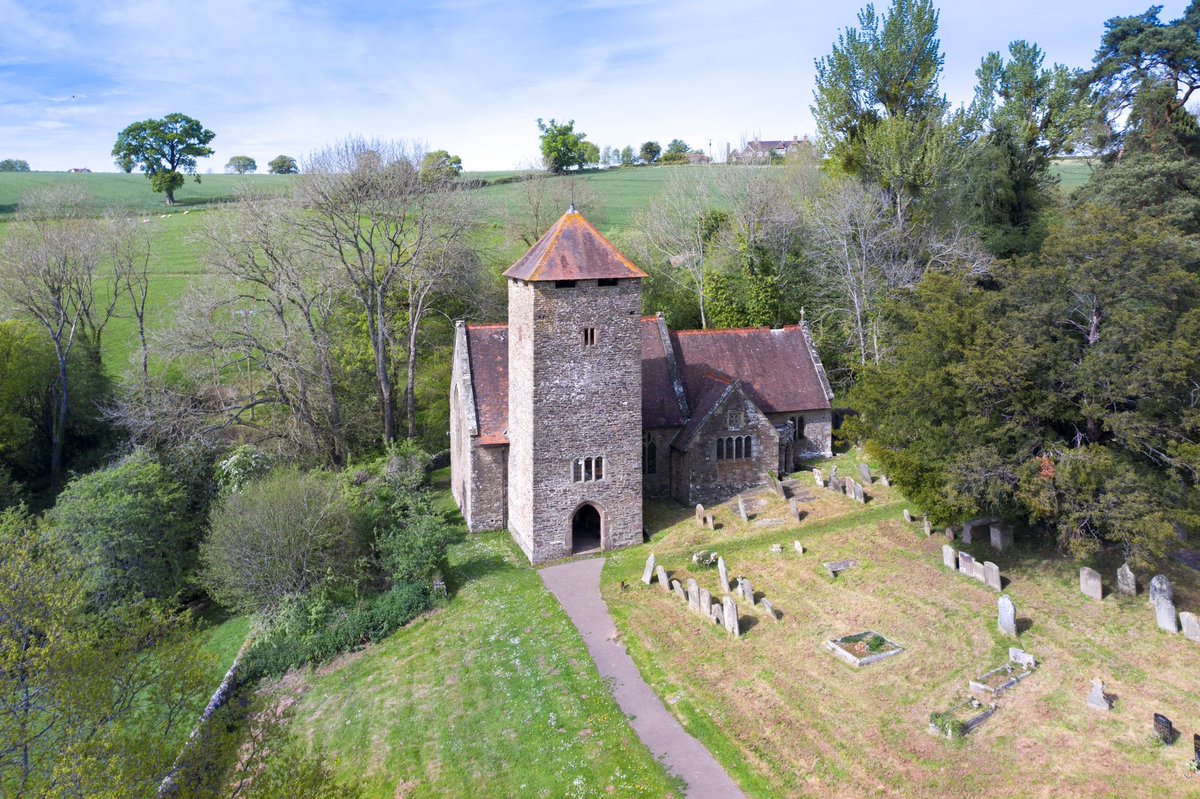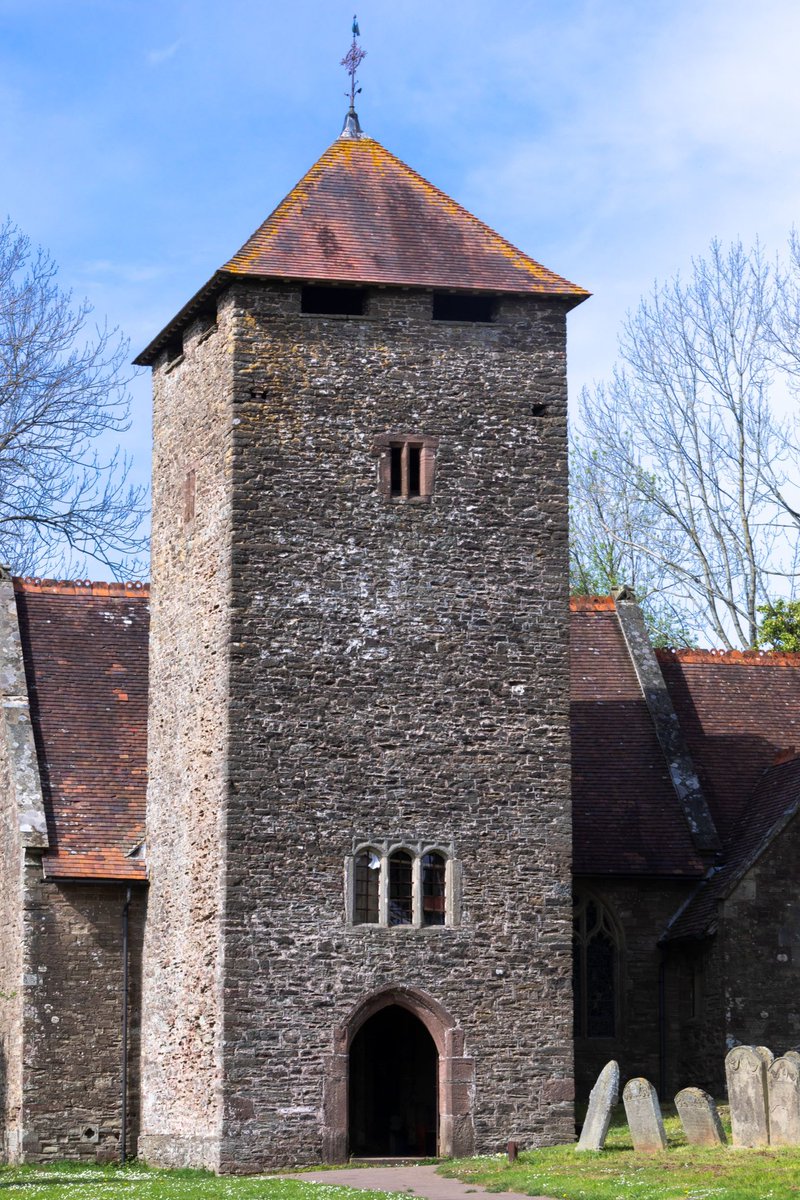
Sitting in isolation on a knoll in rolling open countryside is St Lawrence’s, Hutton Bonville. It closed in 2007 and has lain empty since then. A picture of timeless, relentless melancholy.
Last October, we took this little church into our care.
#thread
Last October, we took this little church into our care.
#thread

St Lawrence’s is a small medieval church that was much altered in the 18th and 19th centuries.
The story of this Yorkshire church is told in its stonework: the variety of colour, tooling, lichen, carving, joints … and of course, cracks.
2/
The story of this Yorkshire church is told in its stonework: the variety of colour, tooling, lichen, carving, joints … and of course, cracks.
2/

In this location, the church really only makes sense in relation to Hutton Bonville Hall, which was demolished in 1962. The only physical neighbour this church now has are the Hall’s two abandoned 18th-century gate piers, swathed in nettles and cow parsley.
3/
3/

Despite being deeply rural, the pastoral peace is broken every so often when the East Coast Main Line thunders past. It’s often quite welcome – a relief to know that time hasn’t completely forgotten you out there.
4/
4/

There’s a lot of work to rectify the destruction of dereliction. We are just getting started but hope, in the next twelve months, to be able to welcome people back to this church after many, many years.
5/
5/

Bonus tweet: lonely old churches aren’t all romance, here’s how I’ve been spending my Sundays - cleaning out decades of dirt and dust and dead insects. 

• • •
Missing some Tweet in this thread? You can try to
force a refresh



















